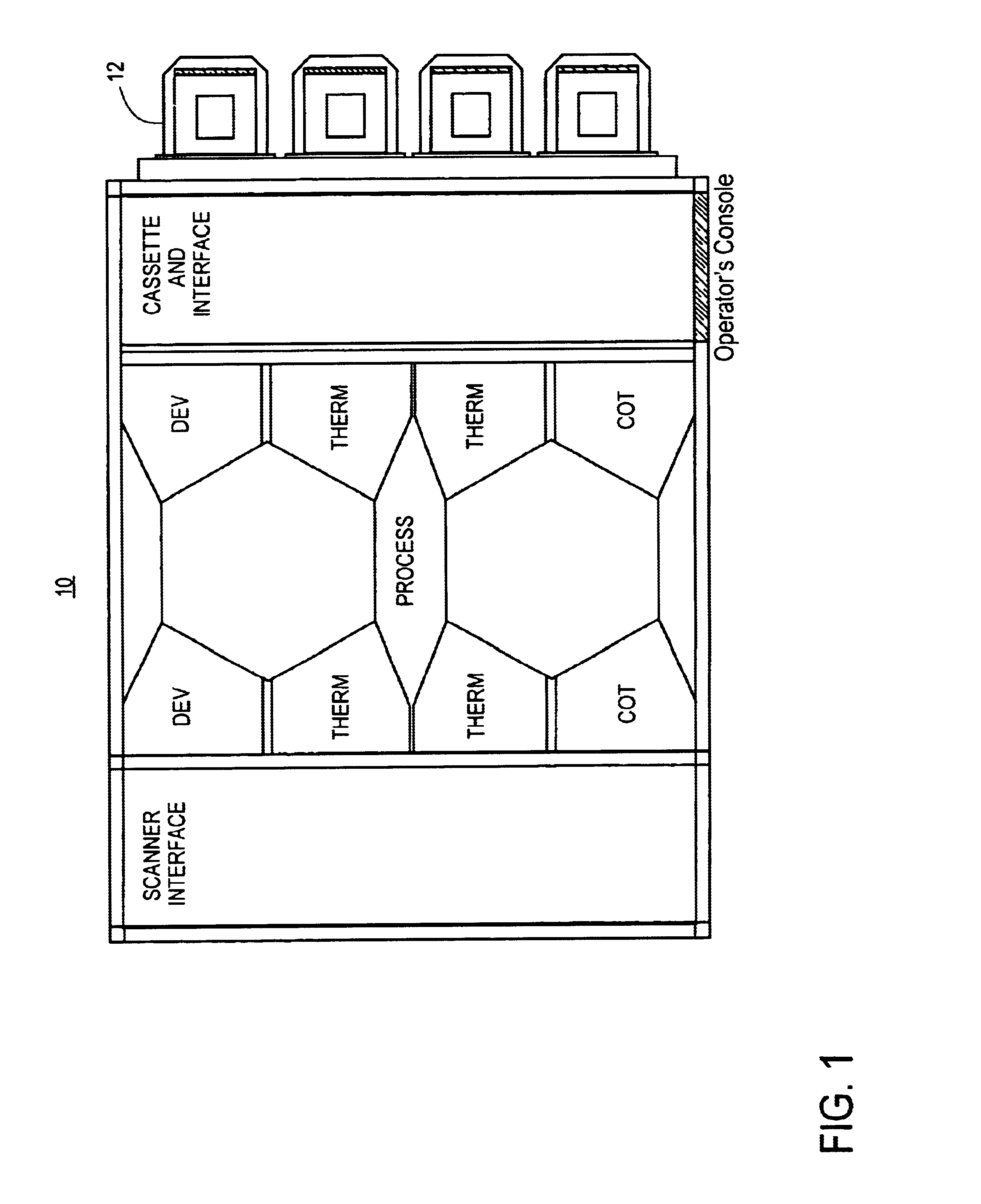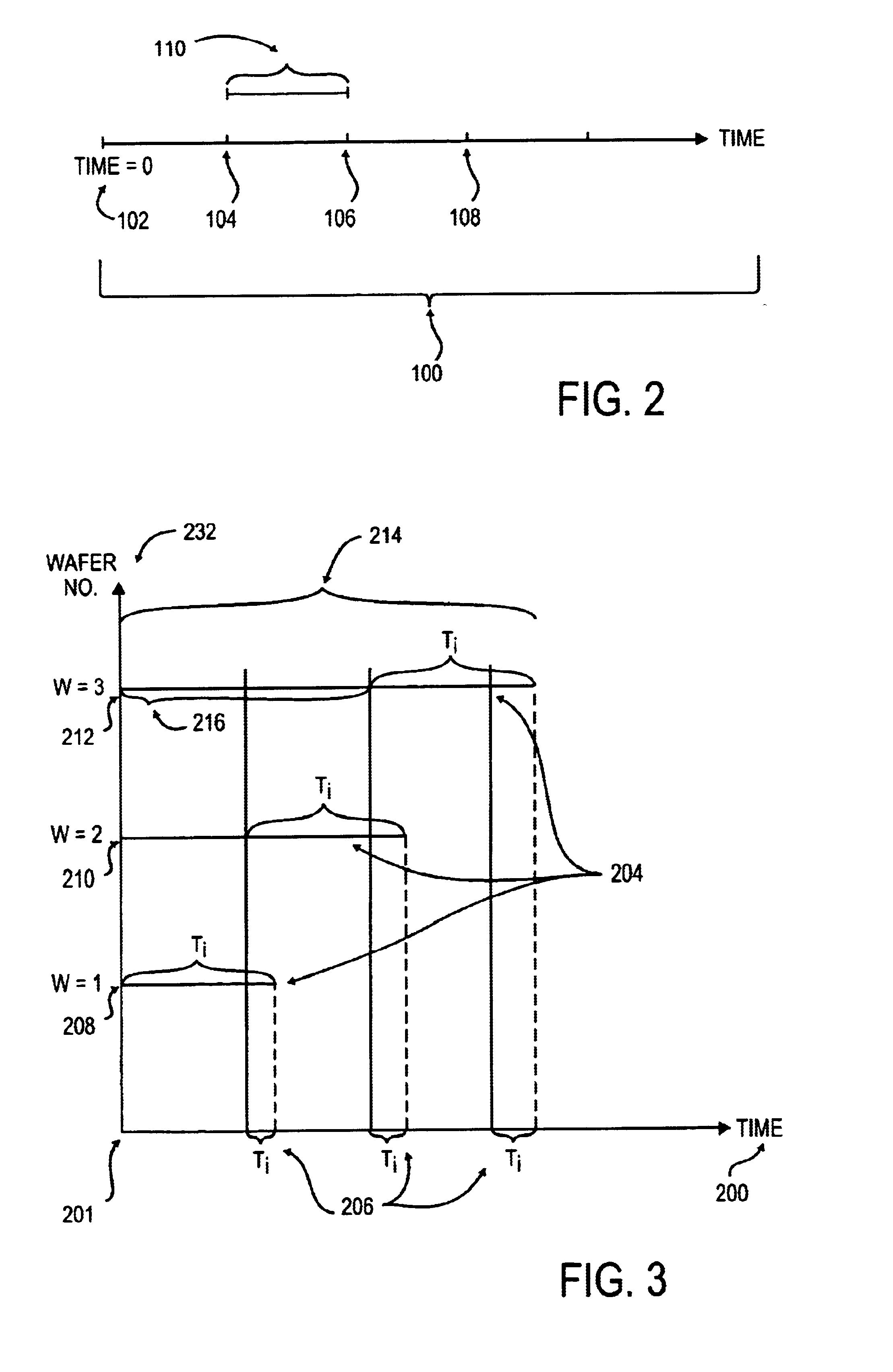Method and apparatus for resolving conflicts in a substrate processing system
a technology of a processing system and a substrate, applied in the field of microelectronic fabrication, can solve problems such as reducing expected throughput, inconsistent process results from substrate to substrate, and degrading not only throughput but also the process
- Summary
- Abstract
- Description
- Claims
- Application Information
AI Technical Summary
Benefits of technology
Problems solved by technology
Method used
Image
Examples
Embodiment Construction
The invention and the various features and advantageous details thereof are explained more fully with reference to the non-limiting embodiments that are illustrated in the accompanying drawings and detailed in the following description of preferred embodiments. Descriptions of well-known components and processing techniques are omitted so as not to unnecessarily obscure the invention in detail.
The invention herein may be applied to semiconductor processing equipment such as the wafer track system generally described in FIG. 1. The wafer track system 10 may include basically three sections: a cassette end interface section, a scanner interface section, and a process section. The cassette end interface section includes apparatus to transfer wafers from cassettes in which they are stored to the track system 10 and, conversely, from the track system back to cassettes following processing. The scanner interface section may be considered another transition area that accommodates equipment...
PUM
 Login to View More
Login to View More Abstract
Description
Claims
Application Information
 Login to View More
Login to View More - R&D
- Intellectual Property
- Life Sciences
- Materials
- Tech Scout
- Unparalleled Data Quality
- Higher Quality Content
- 60% Fewer Hallucinations
Browse by: Latest US Patents, China's latest patents, Technical Efficacy Thesaurus, Application Domain, Technology Topic, Popular Technical Reports.
© 2025 PatSnap. All rights reserved.Legal|Privacy policy|Modern Slavery Act Transparency Statement|Sitemap|About US| Contact US: help@patsnap.com



